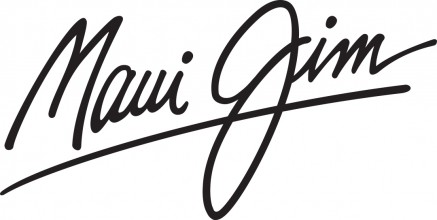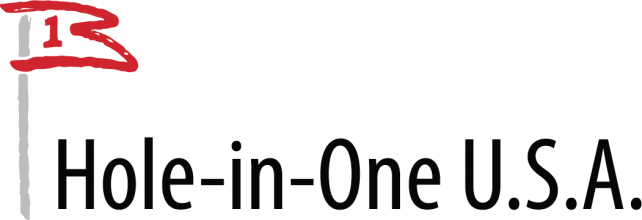About
The World Handicap System (WHS) aims to bring six different handicap systems together into a single set of Rules for Handicapping, enabling golfers of different abilities to play and compete on a fair and equal basis, no matter how or where they play.
While the six existing handicap systems have generally worked very well locally, on a global basis, their different characteristics have sometimes resulted in inconsistency, with players of the same ability ending up with slightly different handicaps. This has sometimes resulted in unnecessary difficulties and challenges for golfers competing in handicap events or for tournament administrators. A single WHS will pave the way to consistency and portability.
Click here to view a slideshow about the details of the World Handicap System.
5 Things to Know
1. Your Handicap Index may change.
But that’s okay! Finally, players around the world will have an apples-to-apples handicap. Your new Handicap Index will be more responsive to good scores by averaging your eight best scores out of your most recent 20 (currently, it’s 10 out of 20 with a .96 multiplier). In short, your Handicap Index will be determined by your demonstrated ability and consistency of scores. In most cases for golfers in the U.S., it will change less than one stroke.
2. You need to know your Course Handicap.
In the new system, your Course Handicap will be the number of strokes needed to play to par. This will result in greater variance in that number and presents a change, as historically it has represented the number of strokes needed to play to the Course Rating. This is a good thing, as par is an easy number to remember. Target score for the day? Par plus Course Handicap. The Course Rating will now be inherent within the calculation to be more intuitive and account for competing from different tees.
3. Net Double Bogey.
The maximum hole score for each player will be limited to a Net Double Bogey. This adjustment is more consistent from hole to hole than the Equitable Stroke Control procedure. Net Double Bogey is already used in many other parts of the world and the calculation is simple: Par + 2 + any handicap strokes you receive.
4. Your Handicap Index will be revised daily.
One way that handicapping is being modernized is a player’s Handicap Index will update daily (which will provide a fairer indication of a player’s ability in the moment), if the player submitted a score the day before. On days where the player does not submit a score, no update will take place.
5. Safeguards in the new system.
The new system will limit extreme upward movement of a Handicap Index, automatically and immediately reduce a Handicap Index when an exceptional scoreof at least 7 strokes better is posted, and account for abnormal course or weather conditions to ensure that scores reflect when a course plays significantly different than its established Course Rating and Slope Rating.
Learn more
Introduction & Overview of the World Handicap System
Frequently Asked Questions (FAQ's)
World Handicap System: A Benefit to Golfers Everywhere
Information & Videos
Calculation of Course and Playing Handicap
The handicap used that maximizes equity when competing by applying a handicap allowance for a specific format. The 8 best of most recent 20 score differentials, which includes a Playing Conditions Calculation to account for any abnormal course or weather conditions.
Timely Submission of Scores
Since the Playing Conditions Calculation will use scores submitted at a course each day, it is crucial that scores are posted on the same day of play.
Exceptional Score Reduction
A score that produces a Score Differential of 7.0 strokes or more below the Handicap Index will result in an Exceptional Score Reduction that changes the Handicap Index. This reduction is in addition to the normal 8 of 20 calculation and depends on how much better the Score Differential is in comparison to the Handicap Index used during the round.
Maximum Handicap Index
The maximum Handicap Index for all golfers is 54.0, regardless of gender.
Playing Conditions Calculation
When abnormal course or weather conditions cause scores to be unusually high or low on a given day, a “Playing Conditions Calculation” will adjust Score Differentials to better reflect a player’s actual performance.
Maximum Hole Score for Handicap Purposes
The maximum hole score for handicap purposes. This maximum is double bogey plus any handicap strokes a player receives based on their Course Handicap.
Handicap Committee Review
An audit-like procedure by a Handicap Committee reviewing the Handicap Index of member(s) of a club to assure that the Handicap Index is reflective of demonstrated ability and scoring potential.
Responsive Handicap Index Updates
A Handicap Index will be issued to a player after three 18-hole scores are submitted and a revision takes place. Scores can be made up of any combination of 9-hole and 18-hole scores. Revisions will be daily, so a player’s Handicap Index will become active the day after their third 18-hole score is submitted. On days where the player does not submit a score, no update will take place.
Limit on Extreme Upward Movement of a Handicap Index
A Soft Cap and Hard Cap will be included in the calculation to limit the extreme upward movement of a Handicap Index within a 12-month period. These caps are in relation to the player’s “Low Handicap Index.”
Acceptable Scores for Handicap Purposes
Determining which scores are acceptable for handicap purposes, focusing on playing by the Rules of Golf and playing one’s own ball.
Quick Links
PARTNERS













































